Caryota Mitis – Fish Tail Palm
£89.99 Original price was: £89.99.£62.99Current price is: £62.99.
- Shop with ease, buy with confidence.
- Shop with Ease
- Buy quality, buy with us.
- Protect Your Wallet with Safe Payments

It’s not difficult to see how this exotic palm received its name. Clusters of pleated fan-like leaves dart out from long sleek canes, delicately gliding through the air, as a fish tail would in water. This chevroned foliage is reminiscent of relaxation and luxury in wealthy, exotic lands, evolving your interior into a calm and tranquil hideaway.
Caryota mitis – Fish Tail Palm Care & Info Guide
Horty Hints
Too wet, pet? Yellowing leaves is a sign that the palm has been watered too much. Allow the surface of the soil to almost dry out completely before watering.
Too much sun isn’t fun! If leaves are fading, bleaching or spotting, the palm is receiving too much direct light. Placing on an east or west-facing windowsill will provide it with the right level of light.
Wave goodbye to the dry! Avoid tips drying out and turning brown by misting or placing in a humid environment, such as kitchens or bathrooms and away from frequent traffic.

Light
Caryota mitis prefers bright indirect light with some light shade. Avoid direct sun and deep shade to prevent scorching and stunting.

Watering
Fish Tail Palms are thirsty plants. Keep the soil consistently moist (but not sodden) just below the surface at all times, ensuring plenty of drainage. Water well in summer, but less in winter.

Temperature
Caryota mitis enjoys average household temperatures: between 15-25°C, although warmer climates will benefit this plant. Will not tolerate temperatures below 13°C.

Humidity
Palms enjoy high humidity levels. To raise humidity levels, mist regularly or pop beside the shower from time-to-time. Ideal in kitchens and bathrooms.

Feed
Liquid fertiliser can be applied during the growing season, once a month or so should be sufficient.

Height & Growth Rate
Caryota mitis is a slow-growing palm that can reach a height of 20m in its natural environment, although indoors it will only reach a height of up to 2m.

Toxicity
The fruits of the Fish Tail Palm are toxic however Caryota mitis is unlikely to flower or fruit indoors. Do not consume.

Air Purifying
Palms clean and improve air quality by filtering formaldehyde, benzene and carbon monoxide toxins from the surrounding environment.

Origin
The Caryota mitis palm is native to tropical Asia.
| SIZE: Pot Diameter x Total Height | 21 x 100cm, 24 x 115cm, 27 x 120cm |
|---|
Be the first to review “Caryota Mitis – Fish Tail Palm” Cancel reply
Related products
HOUSEPLANT STYLES
Ficus Elastica Abidjan – Burgundy Rubber Plant – Straight Stem
HOUSEPLANT STYLES
HOUSEPLANT STYLES
HOUSEPLANT STYLES
HOUSEPLANT STYLES
HOUSEPLANT STYLES
HOUSEPLANT STYLES
HOUSEPLANT STYLES

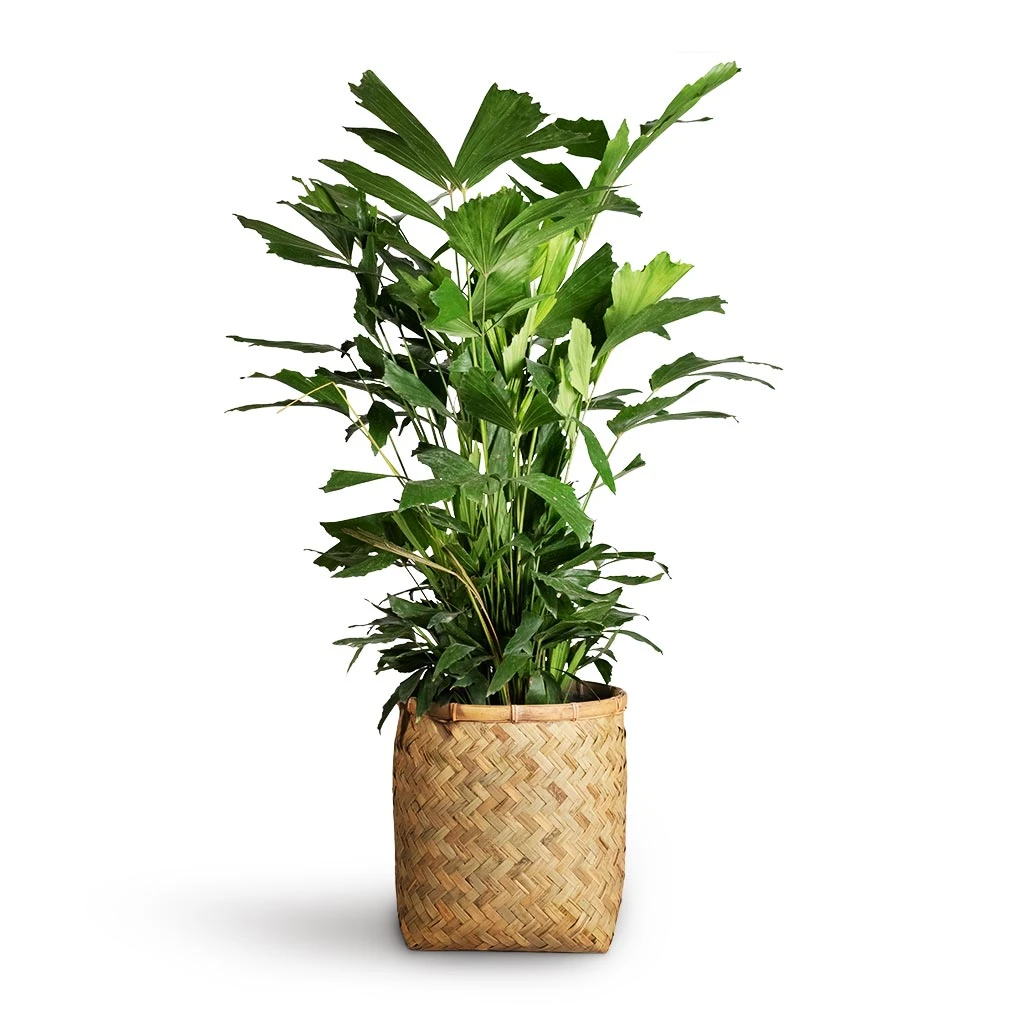



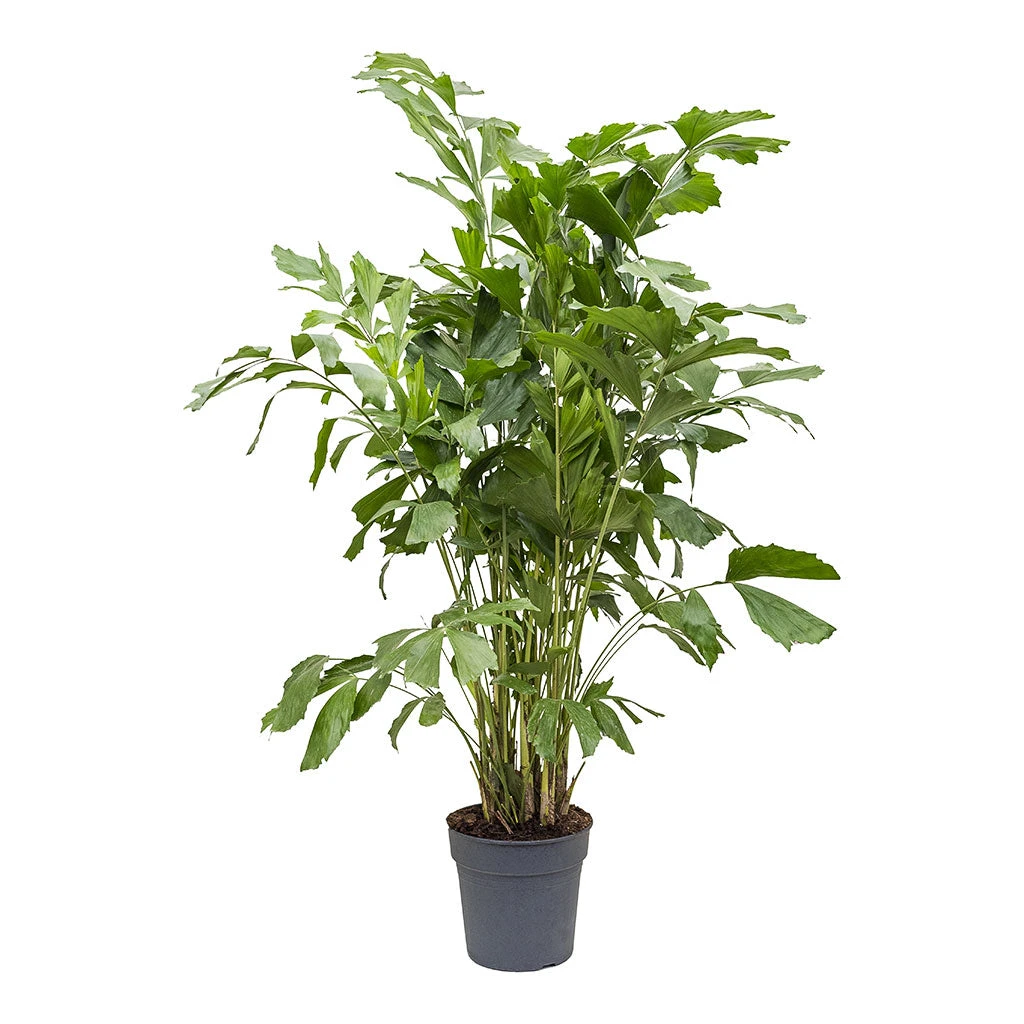







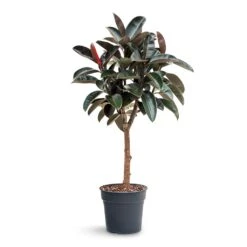












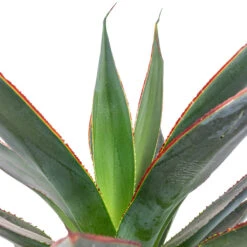
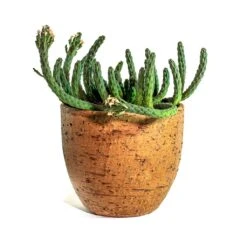
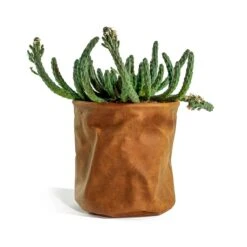
Reviews
There are no reviews yet.